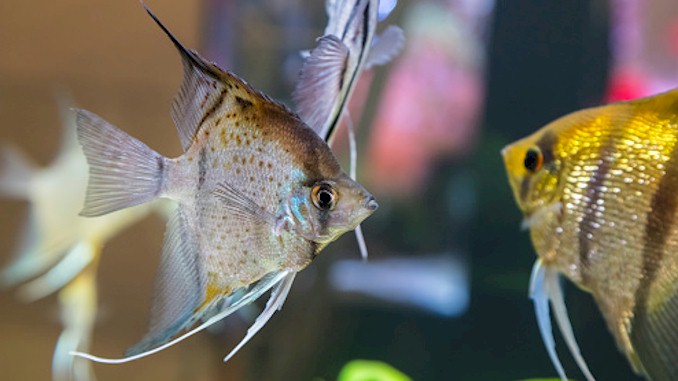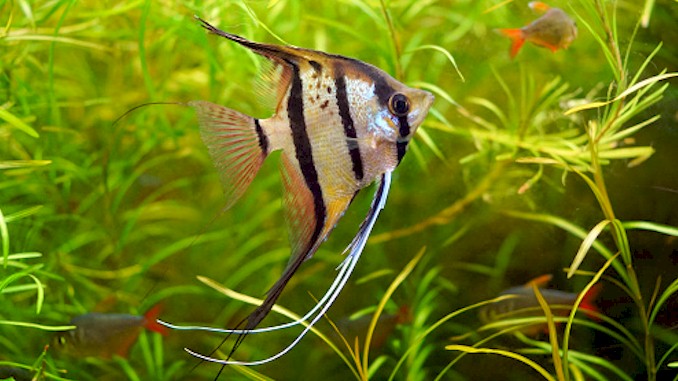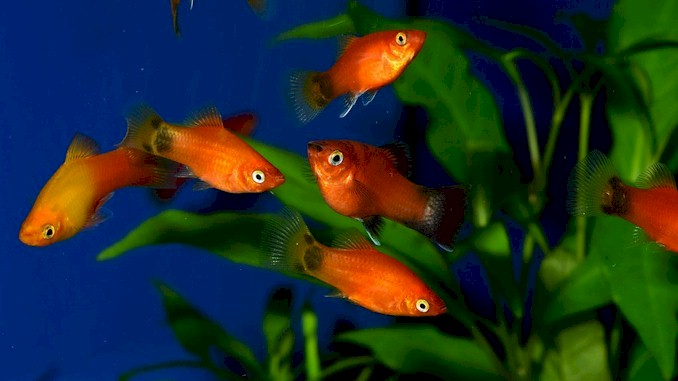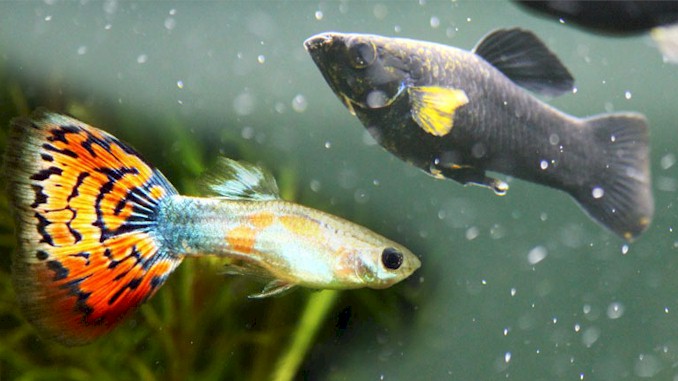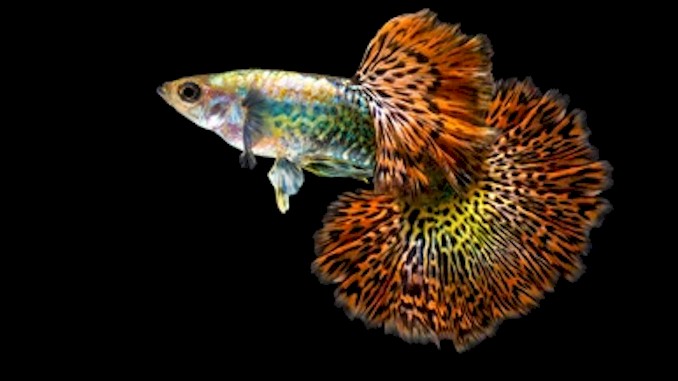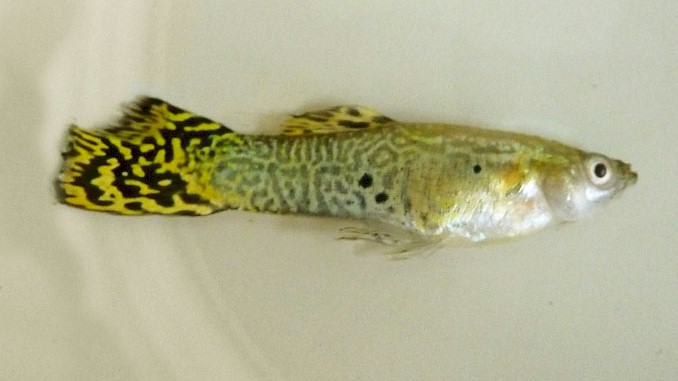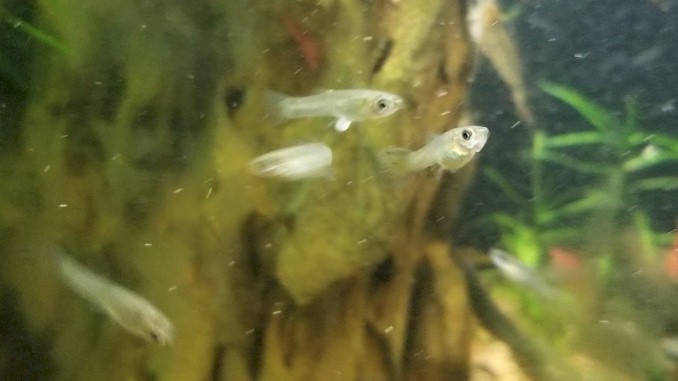Angelfish Tank Mates: Choosing the Best for Your Aquarium
Angelfish are beautiful and graceful fish that can add a lot of charm to your aquarium. But they are also territorial and aggressive, especially when they are breeding. So how do you choose the best and worst tank mates for them? That’s what this blog post is all about. I’m going to share with you my experience and knowledge on angelfish compatibility, based on research and personal observation. I’ll tell you which fish can live peacefully with angelfish, which fish should be avoided at all costs, and which fish can be kept with caution. By the end of this post, you’ll have a clear idea of how to create a harmonious community tank with angelfish.
The best tank mates for angelfish are those that are peaceful, similar in size and shape, and have different water levels and feeding habits. Some examples are corydoras catfish, hatchetfish, discus fish, and ram cichlids. The worst tank mates for angelfish are those that are fin-nippers, aggressive, or too small and colorful. Some examples are tiger barbs, bettas, guppies, and neon tetras.
Of course, choosing the right tank mates for angelfish is not as simple as following a list. There are many factors that can affect the compatibility of different fish species, such as tank size, water parameters, temperament, and individual personality. That’s why I’m going to explain in more detail the reasons behind each of my recommendations and warnings. I’ll also give you some tips on how to introduce new fish to your angelfish tank and how to deal with any potential problems. So keep reading and learn how to make your angelfish happy and healthy.
Best Tank Mates for Angelfish: Peaceful and Compatible Fish
Angelfish are cichlids, which means they are related to some of the most aggressive fish in the aquarium hobby. However, angelfish are not as violent as their cousins, and they can coexist with other fish if certain conditions are met. The best tank mates for angelfish are those that share some common characteristics with them, such as:
- Peaceful temperament: Angelfish do not tolerate fish that nip at their fins, chase them around, or compete with them for food and territory. They prefer fish that are calm and non-confrontational, and that do not bother them or their mates.
- Similar size and shape: Angelfish can grow up to 6 inches in length and have long and flowing fins. They can easily swallow smaller fish or mistake them for food. They also tend to bully fish that are too different from them in appearance or behavior. They prefer fish that are similar in size and shape to them, or at least large enough to not be eaten.
- Different water levels and feeding habits: Angelfish occupy the middle and upper levels of the water column, where they swim gracefully and look for food. They eat a variety of foods, including flakes, pellets, frozen foods, live foods, and plant matter. They prefer fish that occupy different water levels and have different feeding habits than them, so that they do not compete for resources or space.
Based on these criteria, here are some examples of fish that make good tank mates for angelfish:
1. Cory Catfish


These small and peaceful catfish live at the bottom of the tank, where they scavenge for food scraps and keep the substrate clean. They have a hardy nature and can adapt to various water conditions. They come in many colors and patterns, so you can choose one that matches your angelfish’s coloration.
2. Hatchetfish
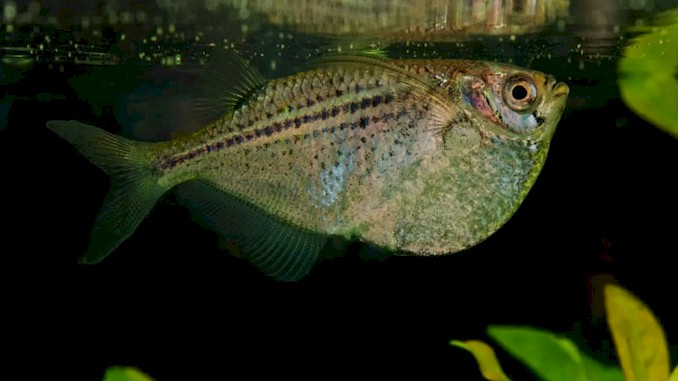

These unique-looking fish have a flattened body shape that resembles a hatchet blade. They live at the surface of the water, where they feed on insects and other small prey. They have a peaceful temperament and a schooling behavior, so you should keep them in groups of at least six individuals.
3. Bolivian Ram


Bolivian Rams are small cichlids that share the same water requirements as Angelfish. They are peaceful, making them great companions for Angelfish. They have a similar body shape and coloration to Angelfish, making them an excellent addition to an aquarium.
4. Discus Fish


Discus are stunning and peaceful fish that share the same water requirements as Angelfish. They are also compatible with Angelfish in terms of temperament and size. They both come from South America and share similar natural habitats.
These stunning fish are closely related to angelfish, but they have a more rounded body shape and brighter colors. They live in the middle level of the water column, where they form pairs or small groups. They have a shy and sensitive nature, so you should provide them with plenty of hiding places and clean water.
5. Ram Cichlids
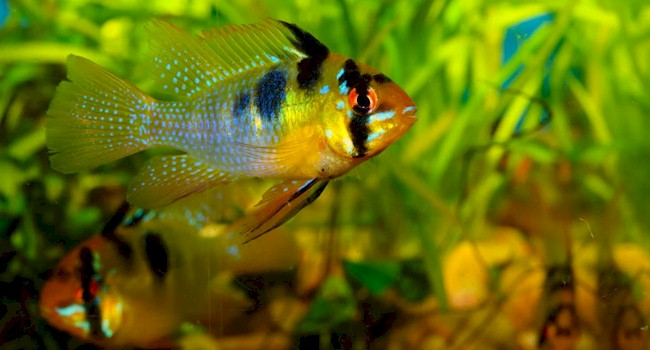

These small cichlids have a similar shape to angelfish but much smaller size. They live in the lower level of the water column, where they dig pits in the substrate or claim caves as their territories. They have a colorful appearance and a mild temperament, but they can be territorial during breeding season.
6. Harlequin Rasbora


Harlequin Rasboras are small, peaceful fish that are excellent companions for Angelfish. They share similar water requirements and are easy to care for. Their striking black, orange, and silver coloration adds a beautiful contrast to an Angelfish’s silver body.
7. Neon Tetra
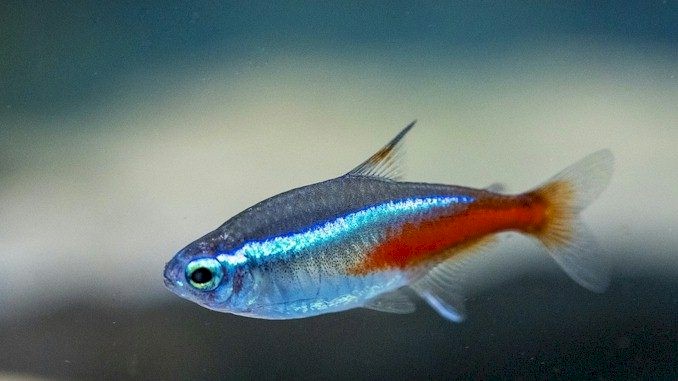

Neon Tetras are small, peaceful fish that are excellent companions for Angelfish. They share similar water requirements and are easy to care for. Their bright blue and red coloration adds a beautiful contrast to an Angelfish’s silver body.
8. Bristlenose Pleco
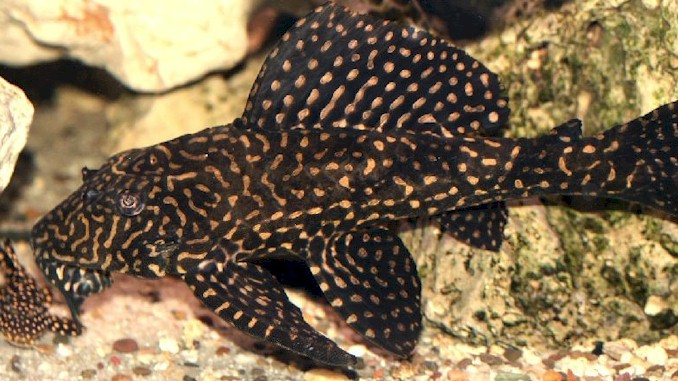

Bristlenose Plecos are bottom-dwellers that are excellent at cleaning up leftover food and debris in the aquarium. They are peaceful, making them great companions for Angelfish. They also share similar water requirements and are relatively easy to care for.
9. Pearl Gourami
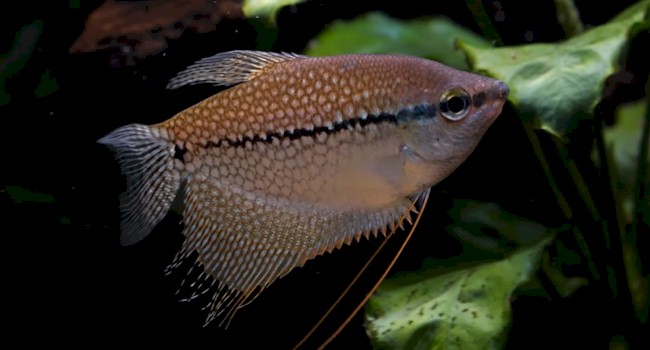

Pearl Gouramis are peaceful fish that share similar water requirements to Angelfish. They have a stunning pearl-like appearance that complements an Angelfish’s silver body.
10. Silver Dollar


Silver Dollars are peaceful fish that share similar water requirements to Angelfish. They have a similar body shape and coloration to Angelfish, making them an excellent addition to an aquarium.
11. Rummy Nose Tetra


Rummy Nose Tetras are small, peaceful fish that are excellent companions for Angelfish. They share similar water requirements and are easy to care for. Their striking red and silver coloration adds a beautiful contrast to an Angelfish’s silver body.
12. Electric Blue Acara
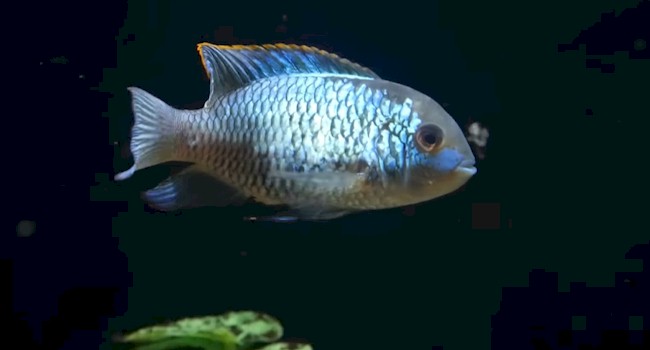

Electric Blue Acaras are medium-sized cichlids that share similar water requirements to Angelfish. They have a stunning blue coloration that complements an Angelfish’s silver body. They are peaceful and make great companions for Angelfish.
13. Rainbow Shark
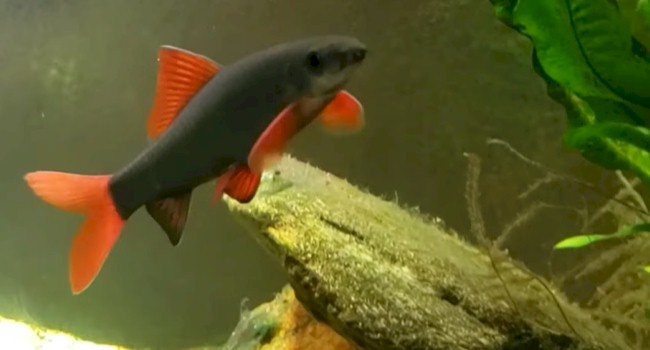

Rainbow Sharks are bottom-dwellers that are excellent at cleaning up leftover food and debris in the aquarium. They are peaceful, making them great companions for Angelfish. They also share similar water requirements and are relatively easy to care for.
14. Kuhli Loach
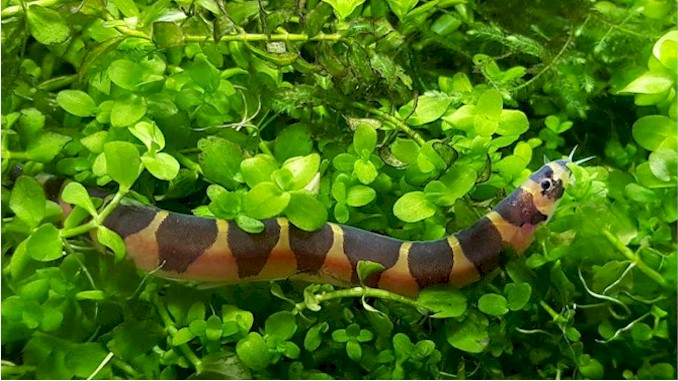

Kuhli Loaches are bottom-dwellers that are excellent at cleaning up leftover food and debris in the aquarium. They are peaceful, making them great companions for Angelfish. They also share similar water requirements and are relatively easy to care for.
15. Congo Tetra
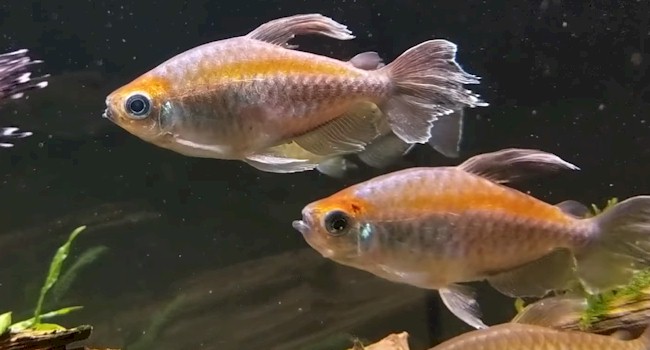

Congo Tetras are peaceful fish that share similar water requirements to Angelfish. They have a stunning blue and red coloration that complements an Angelfish’s silver body. They are relatively easy to care for and make great companions for Angelfish.
These are just some examples of fish that can get along well with angelfish. There are many more options available if you do your research carefully before buying any new fish for your tank.
Worst Tank Mates for Angelfish: Fin-Nippers and Aggressive Fish
Angelfish are not only beautiful but also delicate fish that need to be protected from potential threats in their tank. The worst tank mates for angelfish are those that have some characteristics that are incompatible with them, such as:
- Fin-nipping behavior: Angelfish have long and flowing fins that make them attractive to some fish that like to nip at them. This can cause stress, injury, infection, or even death to the angelfish. Fin-nippers are usually small and fast fish that can easily evade the angelfish’s retaliation.
- Aggressive temperament: Angelfish can be territorial and mildly aggressive themselves, but they cannot stand up to fish that are more violent and dominant than them. Aggressive fish can harass, chase, bite, or even kill the angelfish. Aggressive fish are usually larger and stronger fish that can overpower the angelfish.
- Similar size and shape: Angelfish can also be intolerant of fish that look too much like them or their natural predators. They can mistake them for rivals or threats and attack them or be attacked by them. Similar fish are usually cichlids or other species that have a similar body shape or color pattern.
Based on these criteria, here are some examples of fish that make bad tank mates for angelfish:
- Tiger Barbs: These popular schooling fish have a striking appearance with black stripes on a red or green body. However, they also have a notorious reputation for being fin-nippers. They can easily damage the angelfish’s fins with their sharp teeth and fast movements.
- Betta Fish: These beautiful fish have long and colorful fins that rival those of the angelfish. However, they also have a very aggressive temperament, especially the males. They can attack any fish that they perceive as a threat or a competitor for food or space.
- Jack Dempsey Cichlid: These large cichlids have a dark body with blue spots. They are named after a famous boxer because of their aggressive nature. They can bully any smaller or weaker fish in their tank, including the angelfish.
These are just some examples of fish that can cause trouble for angelfish. There are many more options available if you do your research carefully before buying any new fish for your tank.
Top Tips for Choosing Angelfish Tank Mates: Factors to Consider
Angelfish are not the easiest fish to keep in a community tank, but they are not impossible either. If you want to have a successful and harmonious aquarium with angelfish and other fish, you need to consider some factors before choosing their tank mates. Here are some top tips for choosing angelfish tank mates:
- Tank size: Angelfish need a large tank to swim freely and comfortably. A minimum of 30 gallons is recommended for a single angelfish , and you should add 10 gallons for each additional angelfish. You also need to consider the space requirements of the other fish in your tank and make sure they have enough room to coexist without overcrowding or stress.
- Water parameters: Angelfish are tropical fish that prefer warm, soft, and slightly acidic water. The ideal water temperature is between 75°F and 82°F, the pH is between 6.0 and 7.0, and the hardness is between 3°dH and 8°dH . You should test your water regularly and adjust it accordingly with water changes or additives if needed. You should also choose fish that have similar water preferences as the angelfish or can adapt to them easily.
- Compatibility: Angelfish can be compatible with many other fish if they are introduced properly and given enough space and hiding places. However, some fish are better suited than others for living with angelfish. You should avoid fish that are fin-nippers, aggressive, too small, too similar, or too different from the angelfish . You should also avoid mixing different strains or colors of angelfish unless they are raised together from a young age.
- Diet: Angelfish are omnivorous fish that eat a variety of foods, including flakes, pellets, frozen foods, live foods, and plant matter. They need a balanced diet that provides them with enough protein, vitamins, minerals, and fiber. You should choose fish that have similar dietary needs as the angelfish or can coexist peacefully without competing for food or stealing food from each other.
These are some of the most important factors to consider when choosing angelfish tank mates. By following these tips, you can ensure that your angelfish will be happy and healthy in their community tank.
How to Introduce New Fish to Your Angelfish Tank: Steps and Precautions
Introducing new fish to your angelfish tank can be a tricky process that requires some planning and patience. Angelfish can be territorial and aggressive towards unfamiliar fish, especially if they feel threatened or crowded. To avoid any conflicts or casualties, you should follow these steps and precautions when adding new fish to your angelfish tank:
- Quarantine: Before introducing any new fish to your angelfish tank, you should quarantine them in a separate tank for at least two weeks. This will allow you to observe their health and behavior and prevent any diseases or parasites from spreading to your main tank. You should also treat them with a general medication such as API General Cure or Seachem Paraguard to eliminate any potential pathogens.
- Acclimate: After the quarantine period is over, you should acclimate the new fish to the water conditions of your main tank. You can do this by using a drip acclimation method , which involves slowly dripping water from your main tank into a container with the new fish until they are fully adjusted. This will prevent any shock or stress from sudden changes in temperature, pH, or hardness.
- Introduce: Once the new fish are acclimated, you can introduce them to your angelfish tank. You should do this at night or when the lights are off , as this will reduce the aggression and territoriality of the angelfish. You should also rearrange some of the decorations or plants in your tank , as this will create new territories and distract the angelfish from focusing on the newcomers. You can also add some floating plants , such as hornwort or duckweed , to provide some cover and hiding places for the new fish.
- Monitor: After introducing the new fish to your angelfish tank, you should monitor their interactions closely for a few days. You should look for any signs of aggression, stress, injury, or disease among the fish. If you notice any problems, you should separate the affected fish immediately and treat them accordingly. You should also feed your fish well and maintain good water quality , as this will help them cope with any stress and prevent infections.
These are some of the steps and precautions that you should take when introducing new fish to your angelfish tank. By following these guidelines, you can ensure a smooth and successful integration of your new fish into your existing community.
Can Angelfish Live with Guppies? The Truth about this Popular Combination
Angelfish and guppies are two of the most popular freshwater fish in the aquarium hobby. They both have colorful and diverse varieties that appeal to many fishkeepers. However, can they live together in the same tank? The truth is that this combination is not recommended for several reasons:
- Size difference: Angelfish can grow up to 6 inches long and 8 inches tall, while guppies can only reach up to 2 inches. This means that angelfish are much bigger than guppies and can easily swallow them whole or injure them with their sharp scales.
- Aggression: Angelfish tend to become aggressive as they grow up, especially during breeding or feeding times. They can chase, nip, or attack any smaller or weaker fish in their tank, including guppies. Guppies are peaceful and timid fish that cannot defend themselves against angelfish.
- Territoriality: Angelfish are cichlids that like to establish and defend their own territories in the tank. They can be intolerant of other fish that invade their space or compete for their resources. Guppies are schooling fish that like to swim freely and explore the tank. They can unintentionally provoke angelfish by entering their territories or stealing their food.
These are some of the reasons why angelfish and guppies are not compatible as tank mates. There may be some exceptions where they can coexist peacefully under certain conditions, such as having a very large tank with plenty of plants and hiding places, introducing them at a young age, choosing less aggressive strains of angelfish, or keeping a large group of guppies to dilute the attention of angelfish. However, these methods are not guaranteed to work and may still result in stress or casualties among the fish.
Therefore, it is better to avoid keeping angelfish and guppies together in the same tank. Instead, you should choose more suitable tank mates for each species that match their size, temperament, water preferences, and dietary needs. By doing so, you can ensure a happier and healthier environment for your fish.

